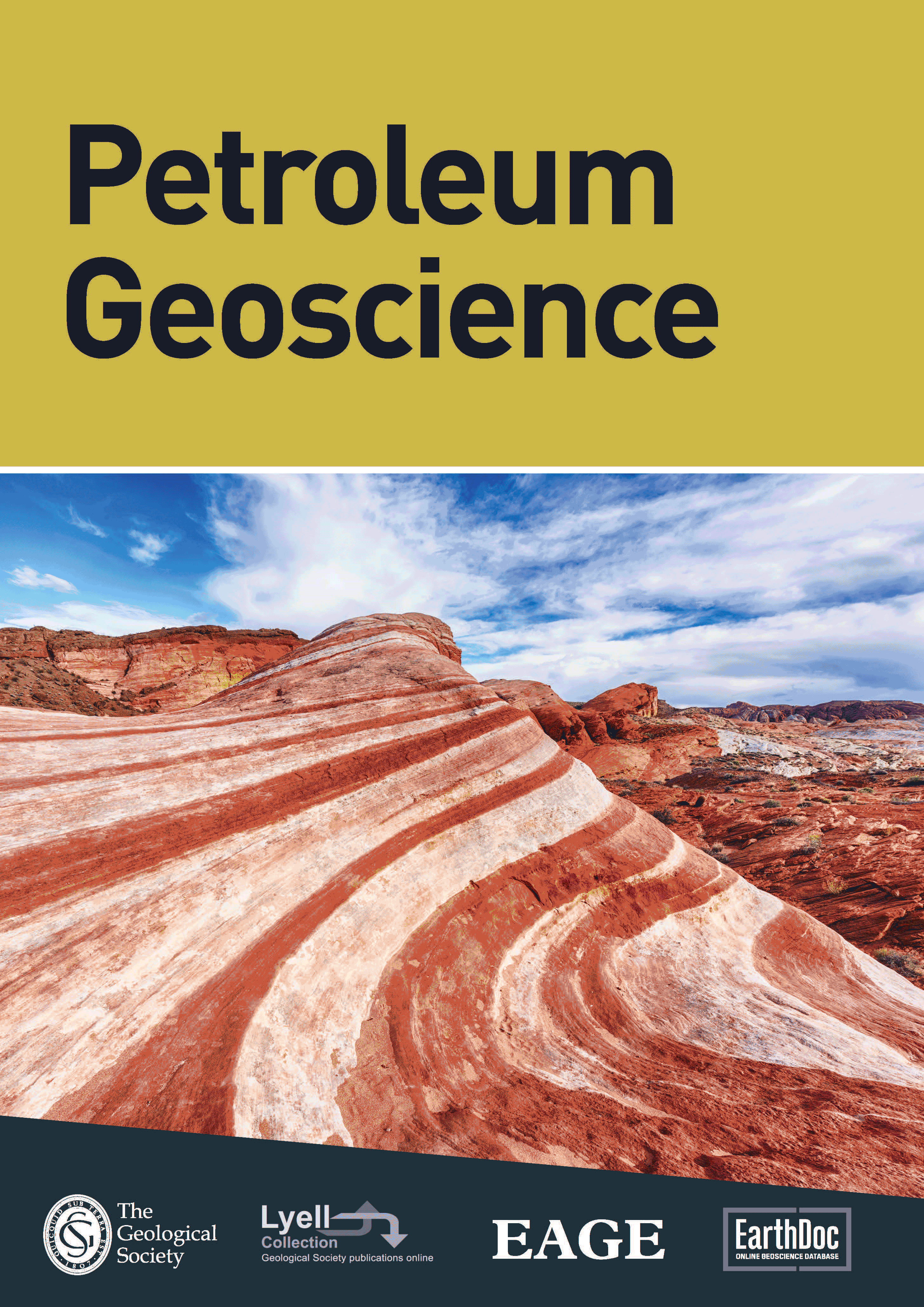
Full text loading...
 , Stephen O'Connor2
, Stephen O'Connor2
Many basins in Indonesia such as the North Sumatra, South Sumatra and Lower Kutai are highly overpressured. As a result, some wells have experienced drilling problems resulting in termination. In the literature, an empirical relationship such as Eaton has historically often been used to interpret pore pressure. In this paper, we take an alternative approach, one based on deterministic models.
Herein, we use Bowers’ and Dutta's equations to calculate the contributions of loading and unloading to the overall overpressure. Due to the advantages of the density log, the contributions of loading and unloading can be discriminated. By applying these methods, we suggest that in the North Sumatra Basin, unloading is caused by clay diagenesis. In the others, gas generation is significant.
The analysis also reveals that the unloading parameter (U) in the North Sumatra and South Sumatra basins is different than that of U in the Lower Kutai Basin. This suggests that mudrock in the overpressure zone in the Sumatran basins is more elastic than that in the Lower Kutai Basin, which appears to be more plastic in behaviour.
Thematic collection: This article is part of the Geopressure collection available at: https://www.lyellcollection.org/cc/geopressure

Article metrics loading...

Full text loading...
References


Data & Media loading...

